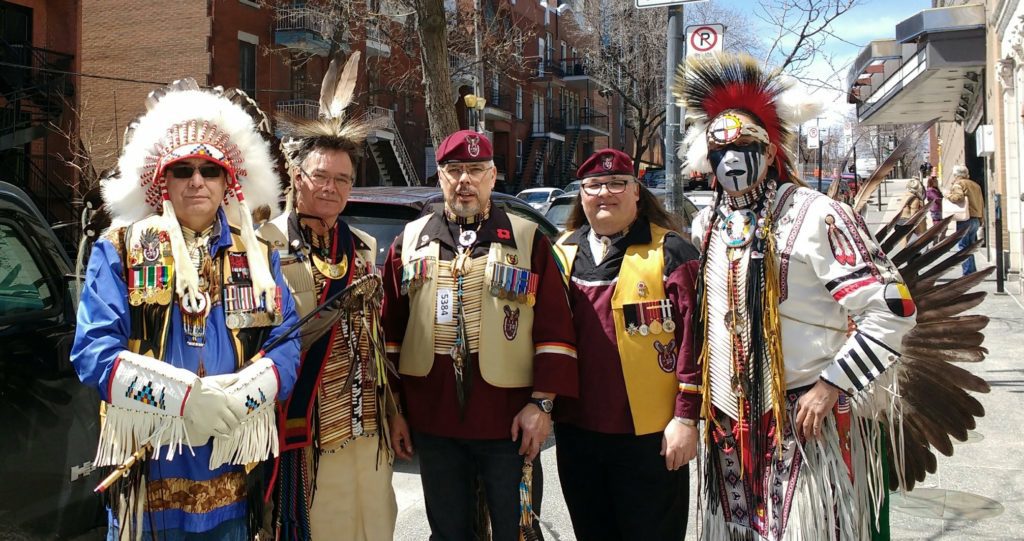Indigenous veterans discuss fighting for a country that hasn’t always fought for them
Video by: Jasmine Afnan Al-kholani
Multimedia by: Alina Snisarenko
By: Oskar McCarson
On Nov. 8, National Aboriginal Veterans Day, Second World War veteran Philip Favel, 98, was presented with a portrait to honour his services.
This is the first ever official portrait of an Indigenous veteran.
Favel, who is from Sweetgrass First Nations in Saskatchewan and is the oldest living Indigenous veteran, served from 1943 to 1945. His service took him to Juno Beach on D-Day as well as Belgium, The Netherlands, and Germany, according to the official Government of Canada website.
According to Veterans Affairs Canada, one in three able-bodied Indigenous men would volunteer to fight in the war.
A History of Indigenous Service in the Canadian Military, Text Continues After Interactive
Bob Crane is a member of the Blackfoot First Nation and retired major in the Canadian Forces.
He says that the both Indigenous women and men fought for Canada because of their loyalty to the treaties and their community.

“Fighting is in our blood… In World War One and World War Two a lot of Aboriginals fought because of their loyalty to the crown. When we sign a treaty, we’re in it for the long haul. If you go to war, we go to war.”
The Indigenous community has not been recognized until recent years and is often not recognized on Remembrance Day, Nov. 11.
George Lepine is a Plains Metis-Cree-Assiniboine Indigenous person and is Chief Instructor at Okichitaw Indigenous Combat Arts.
He says the Indigenous communities’ contributions need to be recognized.
“In the early wars, Indigenous people were not allowed to vote, nor were we eligible for conscription … However, even though we encountered these barriers and problems, so many of our community members actually went in and volunteered.”
Currently, over 2,700 Indigenous members are serving in the Canadian armed forces.

Leave a Reply